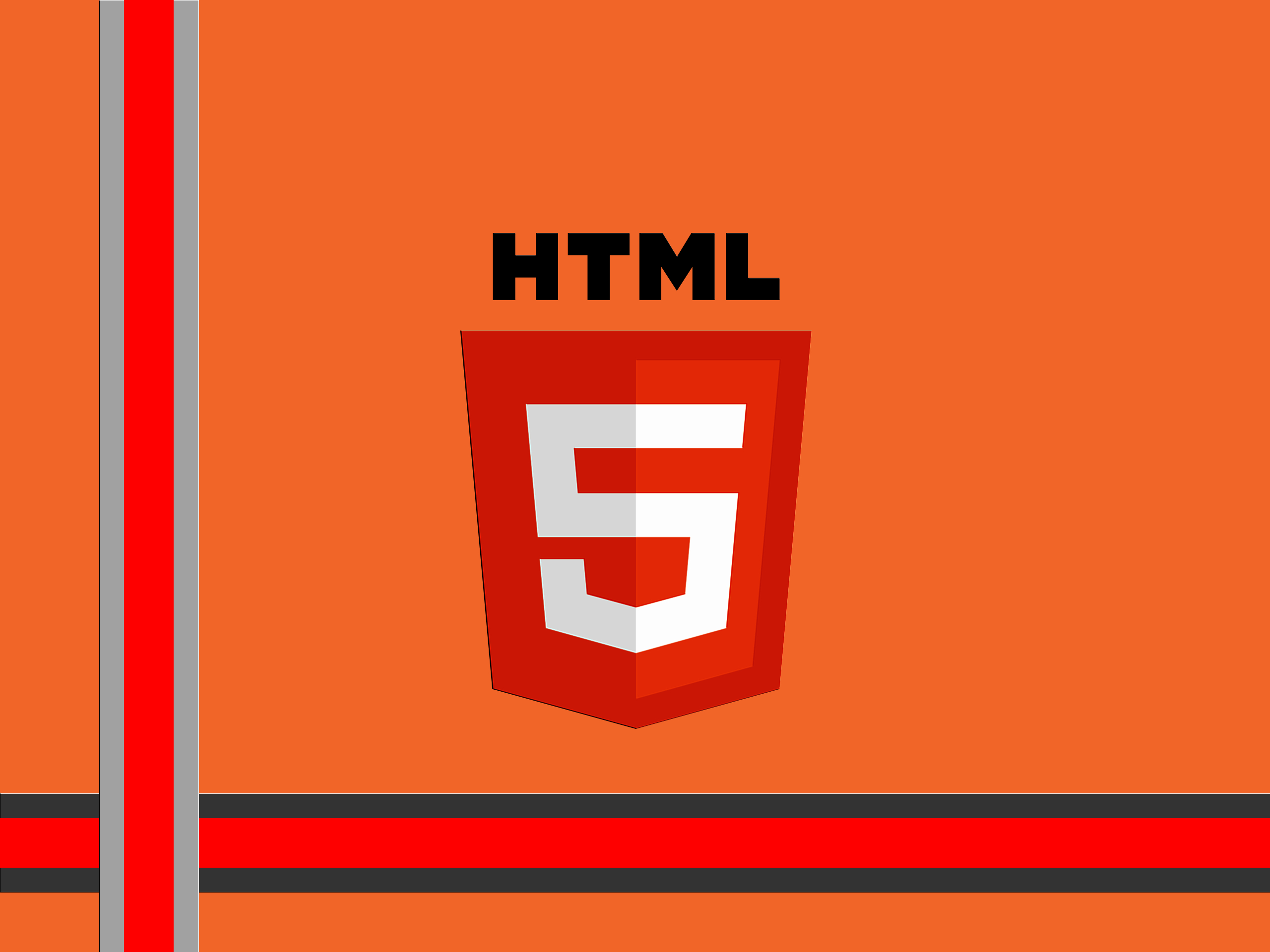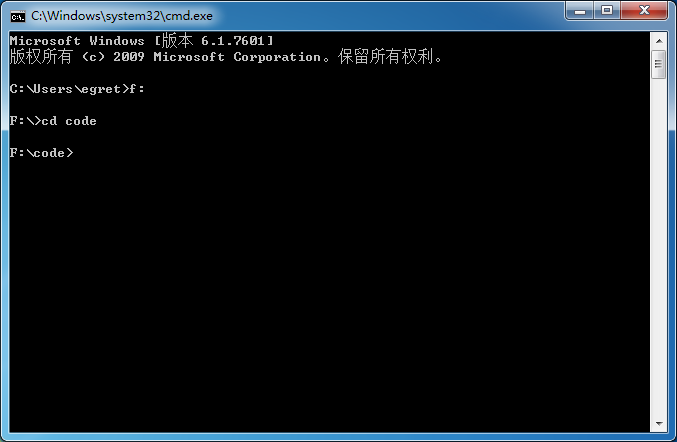8 articles about game applications recommend 8 articles
In China, people generally don’t like to spend money. If your game or application requires payment, then fewer people will play it. Therefore, most developers will choose to embed advertisements in their games to earn some meager income. Now let me talk about how to use the lufylegend.js open source engine to add advertisements to the game. Using the new function LStageWebView in lufylegend.js engine version 1.7.2, you can add an iframe to html to display an external page. We can use this function to display advertisements. lufylegend.js engine official website http://lufylegend.com/lufylegend I used google adsense ads. Of course, you can also use other ads. The method is the same. Let’s start now. The first step is to have a website. The second step is to apply to register an advertisement in Google Adsense. Note: Your website will be reviewed based on the content of your website. If your application fails, you can take a closer look at the third step of the Google Adsense agreement. Create an HTML file on the website and add the ad
1. HTML5 Development-Add Ads to Your Game Application

##Introduction: In China, generally I don’t like spending money. If your game or application requires payment, then fewer people will play it. Therefore, most developers will choose to embed advertisements in their games to earn some meager income. Now let me talk about how to use the lufylegend.js open source engine to add advertisements to the game. Using the new function LStageWebView in lufylegend.js engine version 1.7.2, you can add an iframe to html to display an external page. We can use this function to display advertisements. lufyl
##2.PHP generates random usernames and passwords Example
Introduction: PHP generates random usernames and passwords Example: Using PHP to generate random numbers can be used in many places, such as designing random passwords for programs, applications that simulate dice games, rock-paper-scissors game applications, etc. Sometimes it is necessary to randomly generate usernames and passwords in applications, which can greatly improve the security of the application. To generate random usernames and passwords in PHP, you can use the mt_rand function or the rand function. The rand function is widely used in verification codes.3.
How to learn HTML (or HTML5) quickly with zero foundation?
#Introduction: Due to my work in new media promotion, the “high-end” HTML5 is now popular on the mobile terminal. As a coder with zero background, how can I quickly learn HTML (or HTML5)? It is not required to learn how to make games and applications, but just want to learn how to make simple page sliding and jumping. Or you can provide some quick and effective introductory books or videos and techniques. Thank you all~Introduction: Using PHP to generate random numbers can be applied in many places, such as designing random passwords for programs, applications for simulating dice games, rock-paper-scissors game applications, etc.
5. Implementation code for PHP to generate random usernames and passwords_PHP
Introduction: You can use PHP to generate random numbers It is used in many places, such as random passwords that can be designed, applications that simulate dice games, rock-paper-scissors game applications, etc.
6. PHP generates random users Implementation code of name and password_php skills
Introduction: Using PHP to generate random numbers can be used in many places, such as designing random passwords for programs and simulating dice-throwing games. Programs, rock-paper-scissors game applications, etc.
7. Egret Engine Development Guide: Running Project_node.js
#Introduction: Egret Framework is an open source and free mobile game framework built using TypeScript language. The core positioning of Egret Framework is openness, efficiency, and elegance. Through it, you can quickly create HTML5-type mobile games, and you can also compile and output game projects into native game applications for the target mobile platform.
8. Egret Engine Development Guide - Creating Project_node.js

##Introduction: Egret Engine is an open source free mobile game engine built using TypeScript language. The core positioning of Egret Engine is openness, efficiency and elegance. Through it, you can quickly create HTML5-type mobile games, and you can also compile and output game projects into native game applications for the target mobile platform.
The above is the detailed content of 8 articles about game applications recommend 8 articles. For more information, please follow other related articles on the PHP Chinese website!

Hot AI Tools

Undresser.AI Undress
AI-powered app for creating realistic nude photos

AI Clothes Remover
Online AI tool for removing clothes from photos.

Undress AI Tool
Undress images for free

Clothoff.io
AI clothes remover

Video Face Swap
Swap faces in any video effortlessly with our completely free AI face swap tool!

Hot Article

Hot Tools

Notepad++7.3.1
Easy-to-use and free code editor

SublimeText3 Chinese version
Chinese version, very easy to use

Zend Studio 13.0.1
Powerful PHP integrated development environment

Dreamweaver CS6
Visual web development tools

SublimeText3 Mac version
God-level code editing software (SublimeText3)

Hot Topics
 1677
1677
 14
14
 1429
1429
 52
52
 1333
1333
 25
25
 1278
1278
 29
29
 1257
1257
 24
24
 HTML: The Structure, CSS: The Style, JavaScript: The Behavior
Apr 18, 2025 am 12:09 AM
HTML: The Structure, CSS: The Style, JavaScript: The Behavior
Apr 18, 2025 am 12:09 AM
The roles of HTML, CSS and JavaScript in web development are: 1. HTML defines the web page structure, 2. CSS controls the web page style, and 3. JavaScript adds dynamic behavior. Together, they build the framework, aesthetics and interactivity of modern websites.
 The Future of HTML, CSS, and JavaScript: Web Development Trends
Apr 19, 2025 am 12:02 AM
The Future of HTML, CSS, and JavaScript: Web Development Trends
Apr 19, 2025 am 12:02 AM
The future trends of HTML are semantics and web components, the future trends of CSS are CSS-in-JS and CSSHoudini, and the future trends of JavaScript are WebAssembly and Serverless. 1. HTML semantics improve accessibility and SEO effects, and Web components improve development efficiency, but attention should be paid to browser compatibility. 2. CSS-in-JS enhances style management flexibility but may increase file size. CSSHoudini allows direct operation of CSS rendering. 3.WebAssembly optimizes browser application performance but has a steep learning curve, and Serverless simplifies development but requires optimization of cold start problems.
 The Future of HTML: Evolution and Trends in Web Design
Apr 17, 2025 am 12:12 AM
The Future of HTML: Evolution and Trends in Web Design
Apr 17, 2025 am 12:12 AM
The future of HTML is full of infinite possibilities. 1) New features and standards will include more semantic tags and the popularity of WebComponents. 2) The web design trend will continue to develop towards responsive and accessible design. 3) Performance optimization will improve the user experience through responsive image loading and lazy loading technologies.
 HTML vs. CSS vs. JavaScript: A Comparative Overview
Apr 16, 2025 am 12:04 AM
HTML vs. CSS vs. JavaScript: A Comparative Overview
Apr 16, 2025 am 12:04 AM
The roles of HTML, CSS and JavaScript in web development are: HTML is responsible for content structure, CSS is responsible for style, and JavaScript is responsible for dynamic behavior. 1. HTML defines the web page structure and content through tags to ensure semantics. 2. CSS controls the web page style through selectors and attributes to make it beautiful and easy to read. 3. JavaScript controls web page behavior through scripts to achieve dynamic and interactive functions.
 HTML vs. CSS and JavaScript: Comparing Web Technologies
Apr 23, 2025 am 12:05 AM
HTML vs. CSS and JavaScript: Comparing Web Technologies
Apr 23, 2025 am 12:05 AM
HTML, CSS and JavaScript are the core technologies for building modern web pages: 1. HTML defines the web page structure, 2. CSS is responsible for the appearance of the web page, 3. JavaScript provides web page dynamics and interactivity, and they work together to create a website with a good user experience.
 Beyond HTML: Essential Technologies for Web Development
Apr 26, 2025 am 12:04 AM
Beyond HTML: Essential Technologies for Web Development
Apr 26, 2025 am 12:04 AM
To build a website with powerful functions and good user experience, HTML alone is not enough. The following technology is also required: JavaScript gives web page dynamic and interactiveness, and real-time changes are achieved by operating DOM. CSS is responsible for the style and layout of the web page to improve aesthetics and user experience. Modern frameworks and libraries such as React, Vue.js and Angular improve development efficiency and code organization structure.
 What is the difference between <strong>, <b> tags and <em>, <i> tags?
Apr 28, 2025 pm 05:42 PM
What is the difference between <strong>, <b> tags and <em>, <i> tags?
Apr 28, 2025 pm 05:42 PM
The article discusses the differences between HTML tags , , , and , focusing on their semantic vs. presentational uses and their impact on SEO and accessibility.
 HTML as a Markup Language: Its Function and Purpose
Apr 22, 2025 am 12:02 AM
HTML as a Markup Language: Its Function and Purpose
Apr 22, 2025 am 12:02 AM
The function of HTML is to define the structure and content of a web page, and its purpose is to provide a standardized way to display information. 1) HTML organizes various parts of the web page through tags and attributes, such as titles and paragraphs. 2) It supports the separation of content and performance and improves maintenance efficiency. 3) HTML is extensible, allowing custom tags to enhance SEO.




